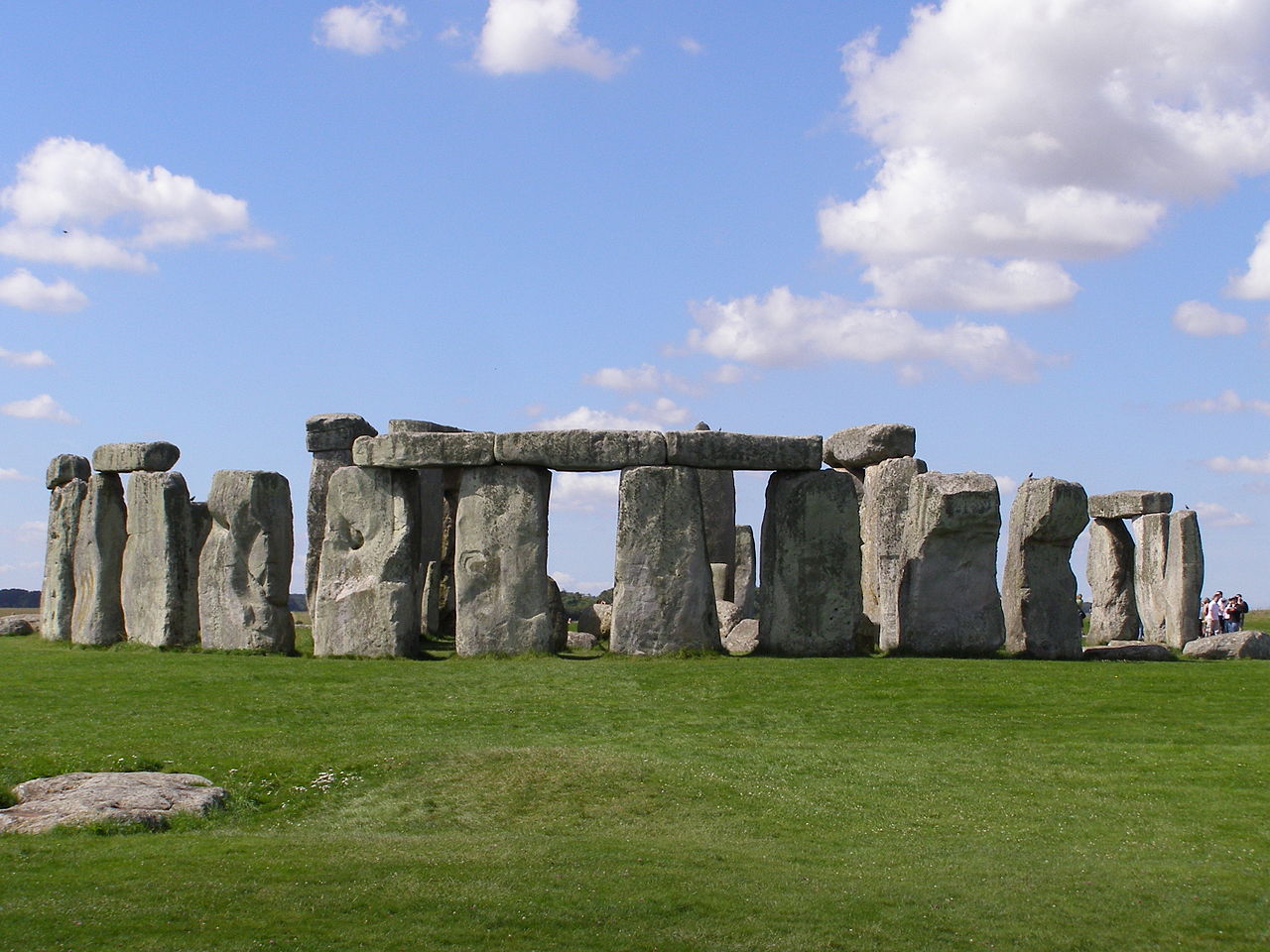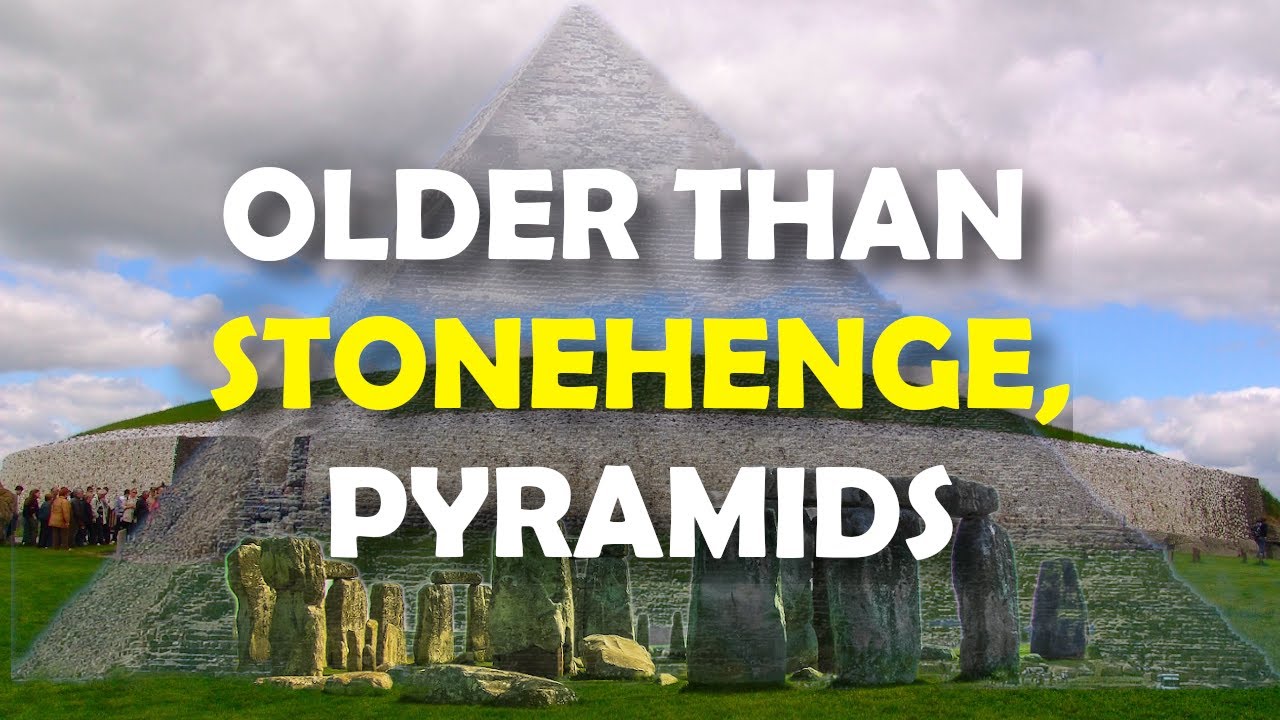The enigmatic purpose of Stonehenge continues to intrigue historians and archaeologists, yet new research has brought us closer to understanding the origins of this iconic stone circle. A recent study published in the journal Nature reveals a surprising discovery: the unique stone at the center of the monument, long referred to as the “altar stone,” was transported from the far northeastern tip of Scotland to southern England.
This central sandstone slab, measuring 16 feet (5 meters) in length, was carried across more than 460 miles (740 kilometers). However, it remains unclear whether the stone made its journey by land or sea. The revelation has astonished researchers, including Susan Greaney, an archaeologist at the University of Exeter, who was not involved in the study. “It’s remarkable that it came from such a distant location,” she noted.
For over a century, it was widely believed that the altar stone originated in Wales. However, a study conducted last year by some of the same researchers indicated that the stone’s composition did not match the geology of Welsh sandstone formations. Until now, the true source of the stone had remained a mystery.
Due to restrictions on disturbing the site, the research team could not sample the stones directly. Instead, they analyzed mineral fragments from previous excavations, some of which date back to the 1840s. Their analysis identified the stone’s origin as the Orcadian Basin in northeast Scotland, an area encompassing the tip of the Scottish peninsula and the Orkney Islands. According to Aberystwyth University geologist Nick Pearce, a co-author of the study, “The geological fingerprint of this stone is unique to that region.”
Extraordinary effort
The discovery highlights the extraordinary effort and coordination required to transport such a massive stone over such a long distance, suggesting a strong cultural connection between ancient communities in southern England and northern Scotland. This long-distance transportation also sets Stonehenge apart from other Neolithic stone circles scattered across Britain.
Stonehenge, constructed around 5,000 years ago, features stones arranged in various circular formations, each brought to the site at different times. The monument’s design aligns with the solar cycle, allowing the sun to rise through a stone “window” during the summer solstice. Despite this alignment, the specific purpose of the altar stone, which lies flat at the heart of Stonehenge and is now partially buried beneath other stones, remains an unsolved mystery.
Heather Sebire, senior curator at English Heritage, emphasized that Stonehenge was likely a site of ceremony or ritual rather than a settlement. Unlike other Neolithic sites, there is no evidence of feasting or daily living at Stonehenge, reinforcing its significance as a place of ancient worship or gathering.
Previous studies have revealed cultural links between the Stonehenge region and Scotland’s Orkney Islands, such as similarities in pottery styles. Additionally, other stones used in the construction of Stonehenge were sourced from western Wales. According to Richard Bevins, another co-author of the study from Aberystwyth University, “What sets Stonehenge apart is the incredible distances from which its stones were sourced.”
This new research not only deepens our understanding of the origins of Stonehenge but also underscores the monument’s importance as a symbol of prehistoric connectivity and shared cultural practices across ancient Britain.
I am the Librarian, and I, together with the guardians of the Ancient Library, curate content for this site. Welcome, and enjoy your stay.



